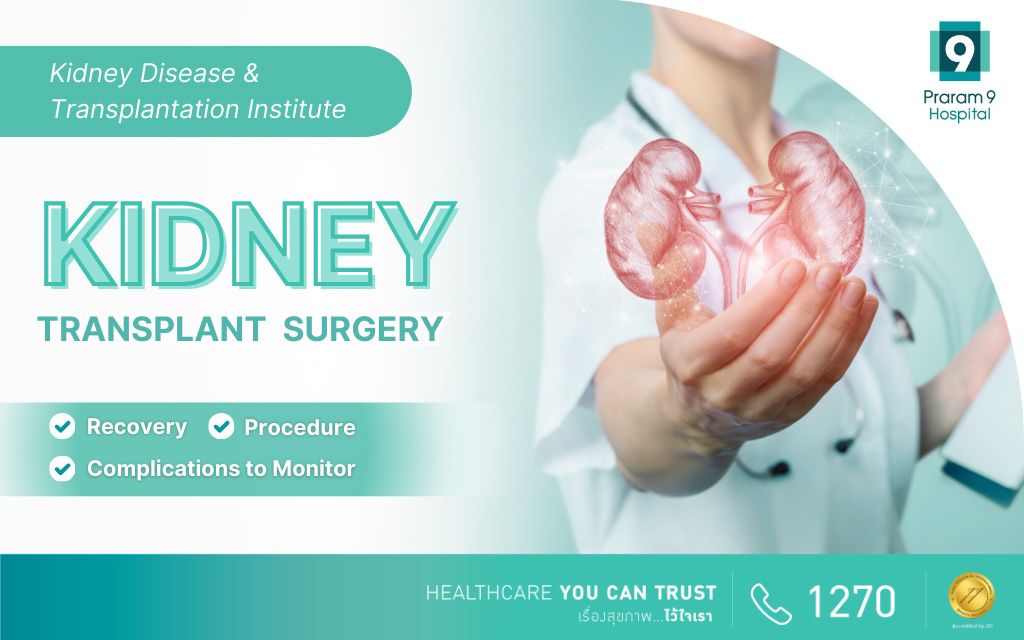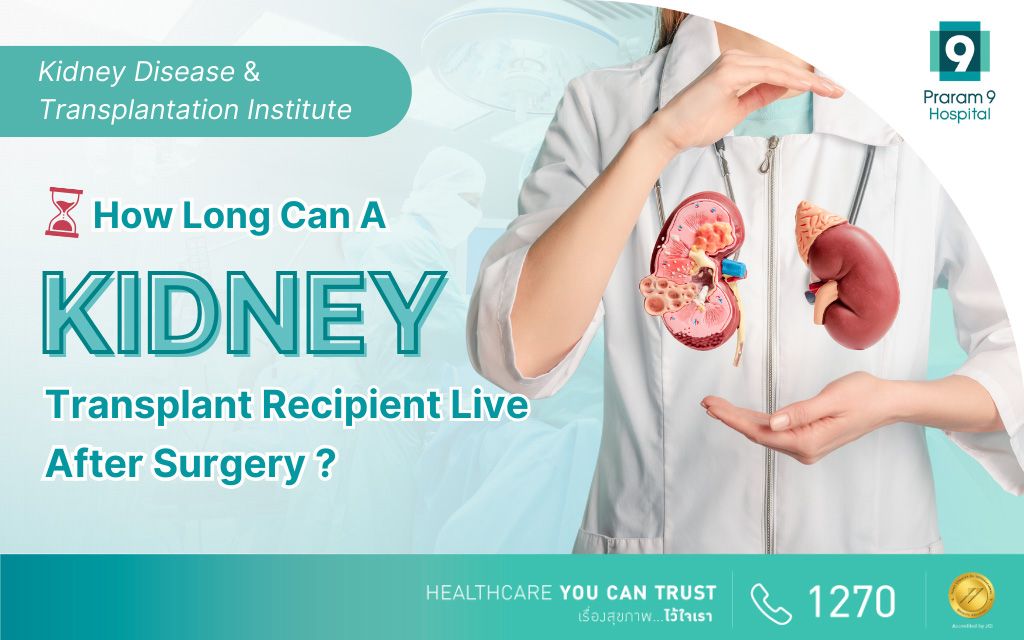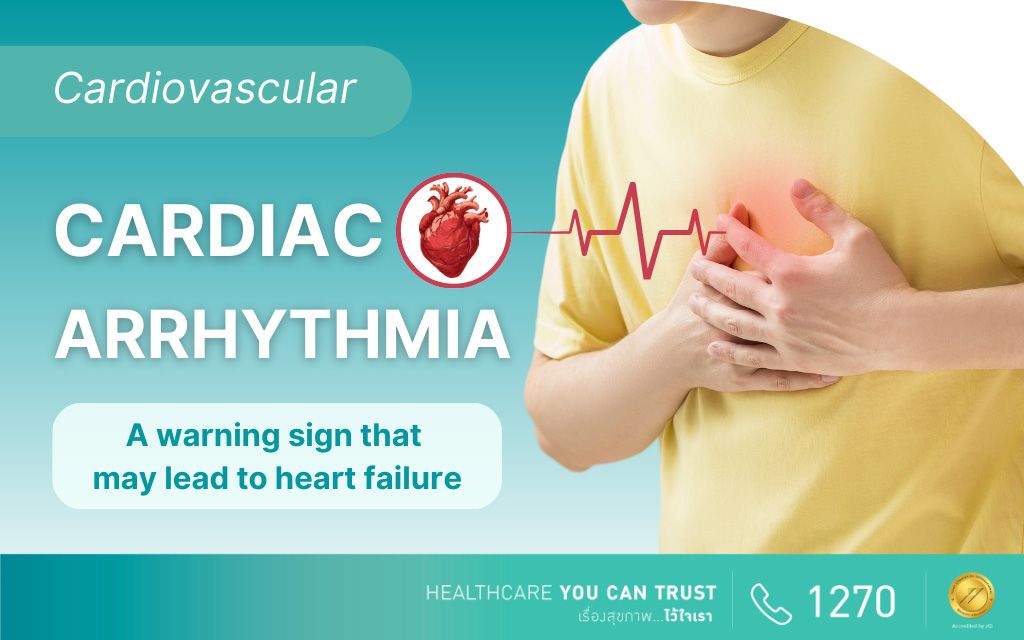Health Articles
Knowledge
Diabetes Control

What will happen if you cannot control diabetes?
The diabetes with poor management and inadequate treatment will cause significant bad effects to the patient. It might cause disabilities and complications throughout the body, including complications in the feet, kidney, eyes, nervous system, and cardiovascular, which is the cause of chronic illness and premature death.
Chronic complications that can be commonly found in diabetic patients
Eye disease: Macular degeneration, diabetic cataract, and blindness
The retina of the eye becomes abnormal due to the degeneration of the retina, which causes blurry eyes and black spots. The blood vessel in the eye might explode and might cause blindness if does not receive the treatment. Diabetes is the number 1 cause of blindness from the retina. Therefore, diabetic patients should receive the eye check-up annually for at least 1 time per year to prevent the complications in the eyes from diabetes.
Kidney disease: Nephrosis or kidney failure from diabetes
When the arterial wall of the kidney is destroyed by high blood sugar for a long time, the kidney function will gradually degenerate. If the diabetes is not controlled, it might become chronic kidney failure. Therefore, diabetic patients should choose healthy food; reduce sweet, oily, and salty food; quite smoking; exercise regularly; and have the health check-up annually to reduce the risk of kidney disease.
Coronary artery disease
Patients who have diabetes for a long time often have higher chance in getting coronary artery disease because diabetes will cause the stenosis and the blockage in the artery, which leads to acute coronary syndrome. The factors that encourage the coronary artery disease are poor diabetic control, high blood pressure, high lipid profile, lack of exercise, obesity, smoking, stress, and the family has a history of having heart disease. Avoiding these factors and having physical check-up regularly can reduce the risk of coronary artery disease.
Brain infarction
It comes from the stenosis and the blockage of the vessel, which will weaken the part of the brain and lead to paralysis or death in a severe case. Diabetic patients should control HbA1C to be lower than 6.5%, reduce having salty food, have more fruits and vegetables, exercise, quit smoking, and reduce the stress to prevent a stroke.
Nerve degeneration
It comes from the destruction of capillaries as well as the accumulation of HbA1C around the nerves, which degenerates the nerve function. The senses are reduced. There might be numbness around the peripheral and weakness of the arm and leg muscles. Males who have diabetes for a long time often face the problem of impotence.
Diabetic foot
Having high blood sugar for a long time can cause nerve peripheral degeneration and/or peripheral vascular disease, which leads to loss of sense in the feet. The feet will become numb and cause wounds easily and unknowingly. If often heals slowly with chronic infection and might spread until leg amputation is needed. Therefore, diabetic patients should control the blood sugar to normal and always take good care of the feet to prevent wounds at the feet.
Severity of the Diabetes
· In each day, the death toll from diabetes is 200 persons or 8 persons per hour.
· Only 10% of diabetic patients are alive without complications.
· The new generation has a higher chance of having diabetes from the changing of lifestyle.
The severity of complications that occur is different in each patient, depending on the period of having diabetes and the blood sugar level. If the level of blood sugar can be controlled to be near normal, it can restrain or slow down the chronic complications. Apart from reducing the severity of the disease, it can also improve the health and life quality as well as reduce the expenses that must be spent with the treatment of complications.














